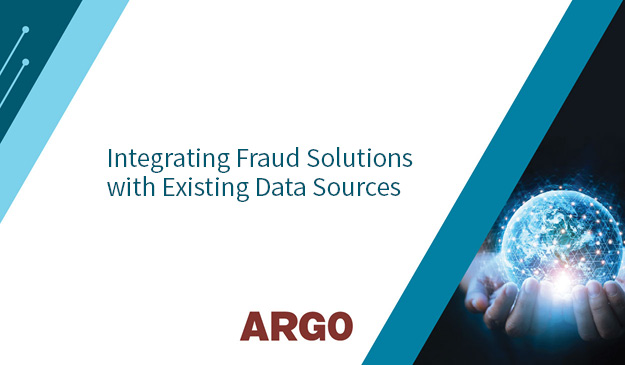When implementing automated fraud detection solutions, integrating data from many sources is a critical consideration. Data integration provides robust fraud detection and prevention. Examples of integrated data include the following file types:
- All item files (AIF) contain all in-clearing, on-us, and deposit transaction data utilized to analyze transactions and run fraud tests.
- COF/X97 files contain image data for the bank’s paper transactions such as in-clearing and on-us checks, deposit checks, and any other paper items captured by the Teller application or through external image capture sources.
- The customer information file (CIF) contains customer name, type, address, account number, account age, and account and product types.
- Exceptions and returns files identify items with exception flags such as stop payments, NSFs, and closed accounts. This data can be used to remove the return items from the good history and place them in the negative history.
- 60-90 day history files provide minimum reference data for systems to build baseline “good data” for image analysis, serial number clusters, and normal account behavior.
The consumption and integration of this data provides automated fraud detection solutions a complete data and image inventory for thorough and accurate fraud detection.
The quality of the data provided by the financial institution directly impacts the quality of the fraud analysis, including false positive and false negative rates. Systems with missing data, incorrectly formatted data, and invalid characters and data values for fields such as country codes and dates affect the success of fraud detection. Accurate data allows fraud solutions to provide a holistic view of customers and their bank transactions. Analyzing accurate transaction data (images and metadata) results in better fraud analytics, reducing fraud losses for the financial institution.
The ARGO Fraud solution, OASIS™ (Optimized Assessment of Suspicious Items), provides cross-channel, multi-fund analytics and adjudication workflow to detect fraudulent transactions and suspicious items. Based on years of experience, ARGO can make recommendations on integration and data import projects, ensuring the customer’s implementation yields exceptional fraud detection results.
For more information, download the “OASIS Implementation and Services” interview with David Engebos, President and COO of ARGO.





